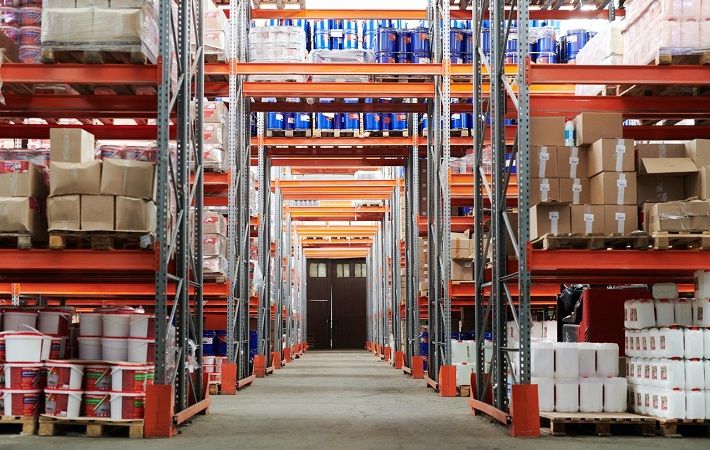Warehouse transformation is in the offing

Over the last few years, the number of people applying for warehouse jobs in the US has been decreasing. Compared to 6-10 applications for a job in 2013, the number decreased to 2-5 per job in 2018, according to a 2018 survey by the ARC Advisory Group. The warehouse labour situation has further worsened post-pandemic, if one analyses the US Department of Labor figures, and now there are multiple warehouse jobs per applicant.
In the US, almost all warehouses need extra workers during the Holiday season when consumer spending is at its peak. For example, e-commerce giant Amazon this week announced that it is hiring for 1,50,000 seasonal jobs across the US, with many of them as warehouse and logistics workers.
Likewise, last month, American multinational retail corporation Walmart announced plans to hire 20,000 new associates across more than 250 Walmart and Sam’s Club distribution centres (DCs), fulfilment centres (FCs), and transportation offices. Companies like Target and Kohl’s have also announced hiring of about 100,000 people each for this Holiday season.
In addition to the shortage of labour force, warehouses have to deal with the issue of efficiency as it takes more than a month for a new hire to be able to work at the average speed of other employees at a particular warehouse site.
On top of it, once hired and trained, there comes a new challenge of retaining them. It is because wages are rising across several industries in the US that offer a permanent job. Workers also quit as warehouse jobs can be difficult, as at times, they end up walking over 8-9 miles in a shift or spend nearly 9-10 hours a day packing orders standing at one place.
And during the Holiday season when there is a large flow of orders, warehouses run 24 hours a day requiring some of the workers to do a night shift. Since very few want to work at night, these workers switch jobs at the first opportunity, and some of them with a vow to never again return to the warehouse-kind of jobs.
One of the ways to deal with the labour shortage is to increase the pay for warehouse jobs, but it is a temporary solution with no guarantee that the problem will end. So, companies need to find a long-term solution, which means a huge transformation is certainly in the offing, especially as it is now confirmed that more warehousing facilities would be needed seeing the post-pandemic boost in e-commerce trade.
Companies that have warehouses will increasingly use automation and robotics, including the automated guided vehicle (AGV) and autonomous mobile robots (AMRs) which use artificial intelligence for location, navigation, and perception for picking the correct article that is to be packed.
For example, German multinational e-commerce company Zalando has implemented automation through AMRs provided by the BMW Group’s wholly owned subsidiary, idealworks. These AMRs support Zalando’s logistics employees in Mönchengladbach with autonomous transport that requires limited supervision. At Zalando, they are utilised to move packed orders between two sorters in the shipping area. On a 50-meter-long route, the AMRs can drive up to 8 km/h. The AMRs receive their transport requests from idealworks’ fleet management software, which is connected to Zalando’s central IT system, ZalOs.
Making way for mobile robots in a warehouse, in place of humans, may require a change in warehouse design too as robots would not be able to fetch an article above a certain height. But it may be worth as companies will end up saving on energy costs, as these robots can function efficiently even without air-conditioning, which humans cannot do without especially in summers.
Thus, overall, beginning with the large companies, we are going to see a huge transformation in warehouse design and its functioning, with no or few people working along with robots. The stage is certainly set, and we may see the transformation happening at a rapid pace over the next few years.
Fibre2Fashion News Desk (RKS)
































-Ltd..jpg?tr=w-120,h-60,c-at_max,cm-pad_resize,bg-ffffff)





.jpg?tr=w-120,h-60,c-at_max,cm-pad_resize,bg-ffffff)
.jpg?tr=w-120,h-60,c-at_max,cm-pad_resize,bg-ffffff)






